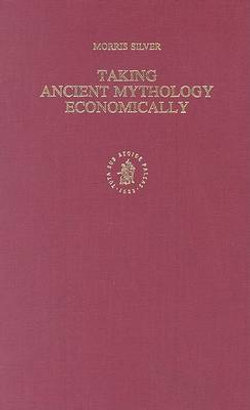The primary objective of "Taking Ancient Mythology Economically" is to decipher the "codes" or polysemous signs of many prominent myths of the Graeco-Roman and Near Eastern worlds and thereby to expose their hidden economic meaning. The study is highlighted by analyses of the following themes: the birth of Athena from Zeus' head, Perseus and the Gorgon, and Gilgamesh in the Cedar Forest; Oedipus of Thebes and the biblical myth of the five golden tumours; Semele the daughter of Kadmos; heroic twins; labours of Herakles; Cain, Janus and the rainbow; dogs as merchants and male prostitutes; virgin priestesses in treasuries; Danae and the birth of Perseus and the biblical myth of the "House of Rahab"; circuiting gods; contest between Athena and Poseidon for supremacy in Athens; Hermes versus Apollo, David and his Lyre at King Saul's court, and Gilgamesh the infernal musician. A result of these studies is the extent to which ancient myths are saturated by economic content, especially commercial idioms and the standardized gestures required of contractors.
It becomes clear that the ancients were more aware of and interested in the economy than many contemporary scholars give them credit for.


Share This Book: